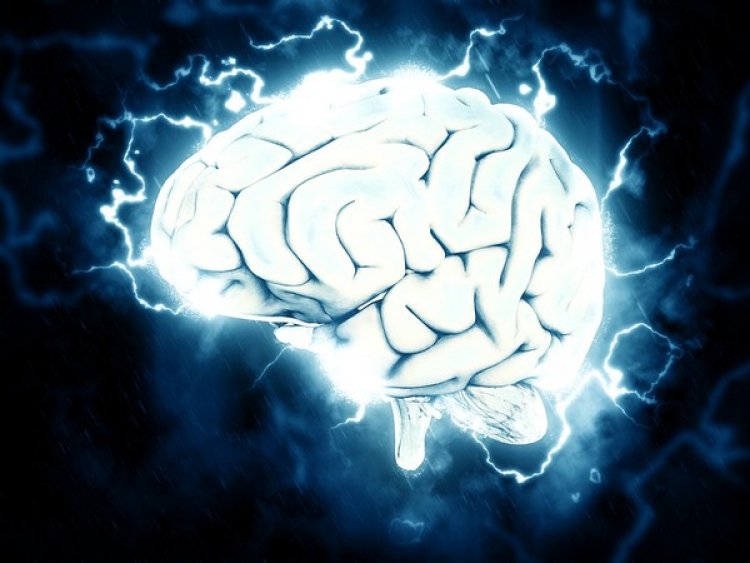Researchers explain how little brain is better visualization with the help of new technology

Washington, US: The cerebellum, or our little brain, is mainly responsible for our motor skills. Furthermore, the structure is important for behaviour and cognition. The cerebellum is a part of your brain located at the back of your head, just above and behind where your spinal cord connects to your brain itself. Although this part only accounts for 10 per cent of the volume of our brain, the cerebellum contains more brain cells than the rest of our brain and is therefore an important area that we want to map out properly.
The cerebellum is highly folded in humans compared to other mammals. This makes it a difficult structure to fully visualize and therefore study, because of the condensed layers. To really properly image it, you need high-resolution imaging. Using current imaging techniques, only a small portion of the cerebellar anatomy could be visualized, leaving the remaining details ignored. The ingenious structure is therefore still largely undiscovered. Until now.
Researchers at the Spinoza Center have developed a method to look at the cerebellum using a powerful 7-Tesla MRI scanner. By correcting for movements during, for example, the subjects' breathing, the team succeeded in achieving a resolution of 1/5th of a millimetre. In addition, the researchers can use this data to reconstruct and digitally inflate the cerebellum, making the patterns and layers clearly visible. The cerebellum can also be viewed 'live' while performing various tasks.
Researcher Nikos Priovoulos: 'We can do this specifically because we have a very high field magnet (which is expensive and hard to build) and also motion correction because people, tend to move during the scans. We can now look at the cognitive role of the cerebellum and the clinical aspects related to the cerebellum. We hope that using this technique we can look more in depth at neurodegenerative disorders. This is the first time that we can view the human cerebellum directly, with this much detail.'
'In multiple sclerosis (MS) the cerebellum plays an important role. MS patients have motor lesions, which means that they have damage to the nerve cells involved in movement. We already know from ex vivo studies, experiments outside the body, that degeneration of these cells takes place in case of MS. Right now we are scanning MS patients and we hope to look at other clinical groups as well. Based on previous findings we know for MS specifically that we could benefit from high resolution imaging in the cerebellum. We don't know what the exact impact will be on the longer term. Hopefully it has some predictive value for these patients.'















































